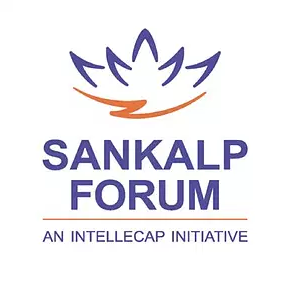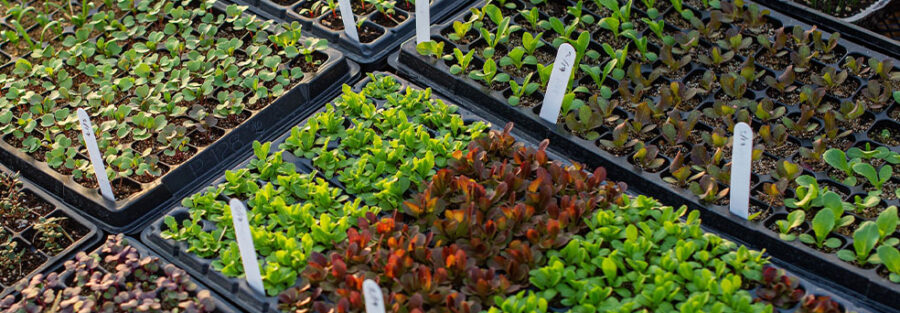

The expansive Sahara is stretching its bounds by 48km annually in Mali, while climate changeaccelerates desertification in the Sahel. It’san open secret: West Africa stands vulnerable to theramifications of climate change. Factors such as increased drought frequency, erratic rainfallpatterns, and escalating temperatures are threatening the region. Such volatile rainfall patternsculminatein unpredictability, heightening the risk of crop failure, while soaring temperatures poserisks to crop productivity and livestock wellbeing. All these climatic shifts cast a gloomy shadowover agriculture, exacerbating existing challenges.
African agriculture battles multiple obstacles, from soil erosion to climate change repercussions.In a response to these daunting concerns, the beacon of regenerative agriculture (RA) has risenas a promising remedy. The Sankalp West Africa Summit 2023 convened a lively panel discussionwith experts and visionaries from across the region. The air was palpable with anticipation asstakeholders keenly awaited insights that could potentially reshape their business strategies andthe lives of farmers.
Madam Hajia, a fervent advocate for farming, shed light on the crucial role farmers play in feedingthe world. She underscored the need for a change in basic assumptions, steering clear from themisconceptions surrounding fertilizers, and pivoting towards natural methods that promote soilfertility. Yet, she admitted that the transition to regenerative agriculture demands deliberateinvestments and purposeful government support.
Bibi, an entrepreneur herself, shared her wisdom on validating regenerative agriculture practices.She highlighted the significance of understanding soil types, judicious fertilizer usage, and theselection of suitable seeds. As an innovator, she called for a value chain approach, fosteringconsistent collaboration and mutual support among stakeholders.
In her capacity as an enabler, Sanne underscored the value of demonstration farms. Sheexpressed confidence that exhibiting successful regenerative agriculture practices could inspirebroader adoption. She also accentuated the role of Agri-Ecology in enhancing farming techniquesand conserving the environment and raised the need for certification and legibility for farmersseeking international market access.
As the dialogue unfolded, the audience highlighted their paramount challenge: securing financialresources to scale up regenerative agriculture. Gilbert offered insights into existing fundingschemes like the Youth Adapt Funding Scheme and the Go Get It Funding Scheme. Recognizingthat these schemes might not be accessible to all farmers, he sharedhis vision to bridge thefinancing gap and find long-term, environment-friendly solutions that would simultaneouslyempower farmers. He emphasized the need to attract investments aligned with regenerativeagriculture principles.
The panelists agreed on the crucial need to harmonize environmental protection with theenhancement of farmers’ livelihoods. Collaborative efforts and the adoption of regenerativepractices emerged as powerful strategies to achieve both environmental and economicobjectives.
Thenarrative of regenerative agriculture in Africa transcends soil fertility or market success-it isa testament to resilience and collaboration. The engagement of farmers, stakeholdercollaboration, and closing the financing gap are critical strides towardreaping the long-termbenefits of regenerative agriculture. With a unified commitment to sustainable farming practices,Africa could lead the way to a robust and flourishing agricultural future.future.




